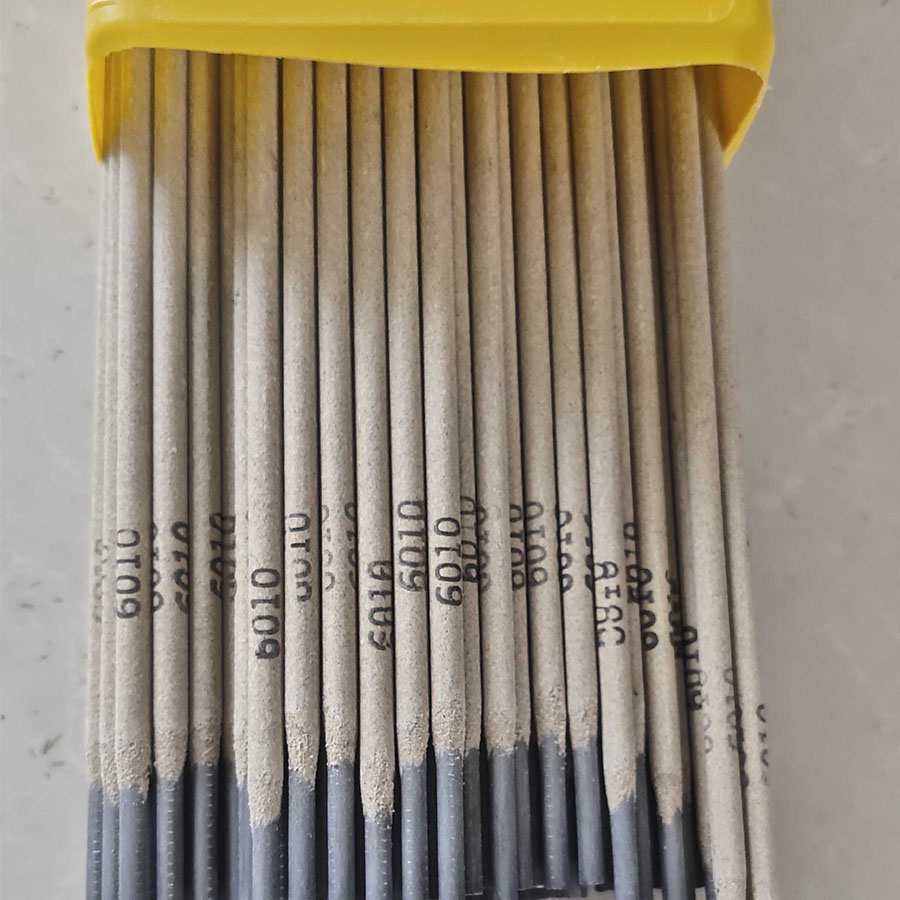stick welding
Understanding Stick Welding A Comprehensive Guide
Stick welding, also known as Shielded Metal Arc Welding (SMAW), is one of the most widely used welding processes in various industries. This versatile and cost-effective method has been employed in different applications, from heavy manufacturing to maintenance and repair jobs. In this article, we will explore the principles of stick welding, its advantages, disadvantages, techniques, and applications.
What is Stick Welding?
Stick welding involves using a consumable electrode coated in flux to create an electric arc between the electrode and the workpiece. When the electrode is grounded to the workpiece, an electric current flows through the rod. This action generates heat, melting the electrode and the base metal to form a weld pool. As the molten material cools, it solidifies, resulting in a strong bond.
The flux coating on the electrode plays a critical role by producing a protective gas and a slag layer that shields the weld pool from contaminants, such as oxygen and nitrogen, which can compromise the weld's integrity.
Advantages of Stick Welding
1. Portability One of the significant advantages of stick welding is its portability. It does not require a complex setup or an abundance of equipment, making it suitable for remote locations and outdoor applications.
2. Versatility Stick welding can be used on various metals, including steel, stainless steel, and cast iron. It is particularly effective for welding thicker materials and for working in diverse positions (flat, horizontal, vertical, and overhead).
3. Cost-Effectiveness The equipment required for stick welding is relatively inexpensive compared to other welding methods. This makes it an attractive option for small businesses and DIY enthusiasts.
4. All-Weather Capability Unlike some welding processes that require dry conditions and controlled environments, stick welding can be performed in windy and wet conditions without significant negative effects on the weld quality.
Disadvantages of Stick Welding
1. Skill Requirement While stick welding is accessible, it requires a fair amount of skill and practice to master. Poor technique can lead to defects such as incomplete fusion, slag inclusions, or excessive spatter.
2. Limited Speed Compared to other welding methods, such as MIG or TIG welding, stick welding can be slower, especially when working on thin materials or in high-production environments.
stick welding

Techniques of Stick Welding
Stick welding involves several techniques that can significantly affect the quality of the weld
- Stringer Bead Technique This method involves dragging the electrode across the joint in a straight line, producing a narrow bead. It is ideal for deep penetration and is often used for thicker materials.
- Weaving Technique This technique requires moving the electrode side-to-side as it progresses along the joint, creating a wider bead. Weaving is beneficial for filling gaps and can improve the appearance of the weld.
- Puddle Control It is essential to control the molten puddle size and movement. Skilled welders learn to manipulate the puddle to achieve optimal fusion and penetration, which is key to a strong weld.
Applications of Stick Welding
Stick welding is employed in various sectors due to its effectiveness and adaptability. Common applications include
- Construction Construction sites utilize stick welding for structural beams, reinforcement bars, and other heavy components.
- Manufacturing Many manufacturers rely on stick welding for fabricating machinery, equipment, and tools.
- Maintenance and Repair Stick welding is often found in maintenance shops for repairing components, machinery, and pipelines.
- Shipbuilding Due to its ability to work in all positions and its portability, stick welding is commonly used in shipbuilding and repair.
Conclusion
Stick welding remains an essential welding technique in numerous industries due to its versatility, cost-effectiveness, and ability to work in diverse conditions. While it has its challenges, mastering stick welding can open up numerous opportunities for welders. As technology advances, the fundamentals of stick welding continue to be pertinent, ensuring its place in the future of metal fabrication and repair. Whether for professional or DIY projects, stick welding is a skill worth mastering.
-
High-Performance Hard Facing Welding Rod – Durable & Wear-Resistant Electrodes for Industrial UseNewsJul.05,2025
-
Simple Welding Rods – High Quality Arc & Aluminium Welding Rods Wholesale Reliable Stick Welding Rods ManufacturersNewsJul.05,2025
-
3.2mm 7018 Welding Electrode Wholesale Supplier in China Factory Direct Price & High QualityNewsJul.04,2025
-
Stainless Steel Welding Rods for Sale – High Quality 7018 Welding Rods SupplierNewsJul.04,2025
-
Best Hardfacing MIG Wire for Sale High Durability Welding SuppliesNewsJun.10,2025
-
ER70S-6 MIG Welding Wire Supplier High Quality China Welding Wire ManufacturerNewsJun.10,2025


